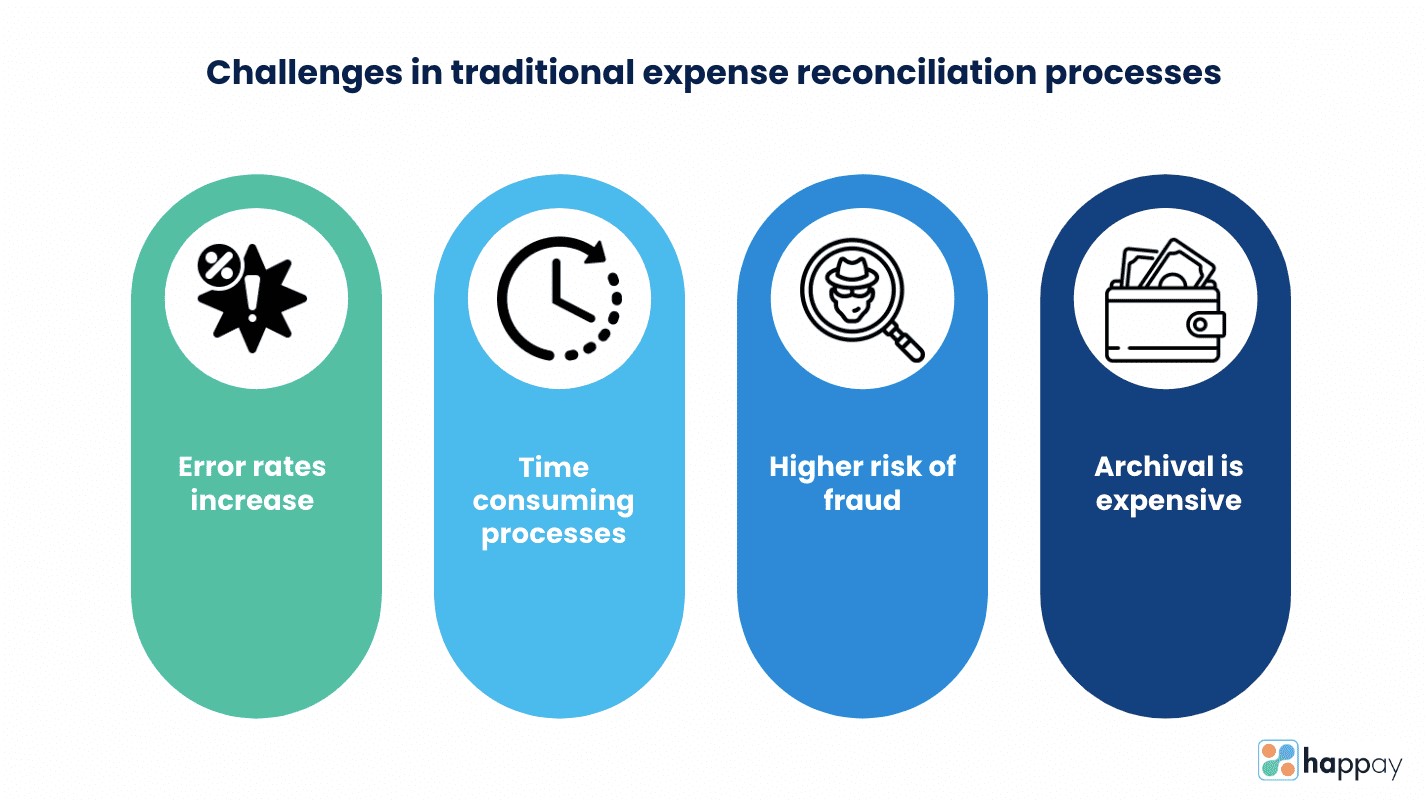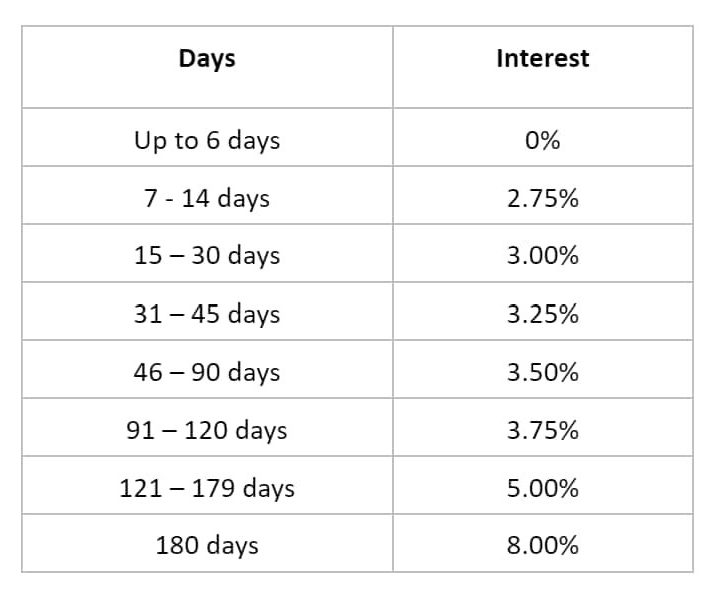The AU Savings Account offers a competitive interest rate up to 7% on the savings balance, providing a reliable and rewarding option for customers
Mumbai – A Savings Account is a type of deposit account offered by banks and financial institutions, enabling customers to deposit and withdraw funds conveniently and at their will akin to the concept of it being a “demand deposit.” It serves as a secure place for day-to-day financial transactions, bill payments, and emergency funds. Prior to the introduction of UPI in India, average transactions in Savings Accounts were restricted to in-person withdrawals, cheques, and debit card usage. However, UPI’s advent has transformed digital payments, leading to a significant surge in the average number of transactions in Savings Accounts. UPI’s convenience has revolutionized financial activities, making the Savings Account an essential and dynamic tool in the modern banking era for day-to-day financial requirements.
Alongside demand deposits, there is a large market for time deposits i.e., fixed deposits. There is an interplay of demand and time deposits in form of auto-sweep FDs linked to the transacting Savings or Current account. Under this arrangement, customers can potentially maximize their savings by automatically creating a Fixed Deposit (FD) for a specific duration when their Savings Balance reaches a certain threshold. However, this might not be always beneficial for all types of customers, thus there needs to be a detailing of certain nuances that can significantly impact the overall interest rates they receive.
How the Auto Sweep Account Works
The Auto Sweep Account offered by banks allows customers to convert their surplus Savings Balance into an FD for a specified period, typically over 6 months when their Savings Account balance exceeds a particular threshold. For example: If the savings account balance surpasses ₹50,000 which is the set threshold, the excess amount will be transferred to say a 180-day FD in multiples of ₹10,000. Auto sweep also means that whenever a customer transacts and the balance in Savings Account is low, the FD will break in multiple parts and allow transaction. The FD’s interest rate is often communicated as an attractive percentage than Savings Account, tempting customers with the potential of higher returns on their savings. However, there are more aspects one needs to evaluate before deciding to opt.
Parameter 1: Premature Withdrawals

One of the significant factors that can affect the actual interest rate earned by customers is the concept of premature withdrawals. Customers may find themselves in situations where they need to withdraw a portion of their swept-in FD before the maturity date, this can also happen unknowingly given the higher usage of savings pattern given UPI transactions. When this happens, the interest calculation takes a complex turn.
Let’s consider a couple of examples to illustrate the impact of premature withdrawals:
Example 1: Partial Withdrawal After 3 Months
 Imagine a customer initiates an auto sweep FD of INR 1,00,000 for a duration of 180 days with a interest rate of say 8%. However, after 3 months (90 days), they decide to withdraw 50% of the funds, i.e., INR 50,000.
Imagine a customer initiates an auto sweep FD of INR 1,00,000 for a duration of 180 days with a interest rate of say 8%. However, after 3 months (90 days), they decide to withdraw 50% of the funds, i.e., INR 50,000.
The withdrawn amount of INR 50,000 will not earn any further interest. Only the remaining INR 50,000 will continue to earn interest at the original FD rate of 8% for the remaining 90 days.
As a result of the partial withdrawal, the weighted average interest rate earned by the customer on the sweep-in FD will be significantly lower.
Ideally with 8% returns, customer should be able to earn interest of 4,000 in 180 days. However, with the below example, the customer will indicatively earn an interest in the range of 5.5% – 6.00%
Example 2: Multiple Withdrawals Within the First Month
 In this scenario, a customer initiates an auto sweep FD of INR 1,00,000 for a duration of 180 days with an interest rate of say 8%. However, the customer decides to withdraw INR 20,000 within the first 6 days and an additional INR 30,000 within 30 days from the FD.
In this scenario, a customer initiates an auto sweep FD of INR 1,00,000 for a duration of 180 days with an interest rate of say 8%. However, the customer decides to withdraw INR 20,000 within the first 6 days and an additional INR 30,000 within 30 days from the FD.
The interest earned on the initial withdrawn amount 20,000 will be zero, as this amount was withdrawn before the interest calculation period began.
The next INR 30,000 (withdrawn within 30 days) will earn interest at a reduced rate of 3% for the period it remained in the FD (30 days).
The remaining amount of INR 50,000 (out of the original FD amount) will continue to earn interest at the original FD rate of 8% for the remaining 150 days (180 days – 30 days).
Due to the partial withdrawals within the first month, the customer ends up earning a lower overall interest rate than 8% on their sweep-in FD. As a result, the weighted average interest rate earned by the customer will be lower than 8%.
Ideally with 8% returns, customer should be able to earn interest of 4,000 in 180 days. However, with the below example, the customer will indicatively earn an interest in the range of 4.5%– 5%.
 In both the above examples, customer ends up receiving significantly lower interest rates than the expected 8%.
In both the above examples, customer ends up receiving significantly lower interest rates than the expected 8%.
Many customers hold transacting accounts, and during debit-credit transactions, the auto Sweep FD may get broken, resulting in a reduced effective yield, as illustrated in the table below:
Challenges in Auto Sweep Accounts
- Debit-Credit Transactions impacting interest rates
- Limited Flexibility
- Multiple FD Management
- Impact of Premature Withdrawals
- Reconciliation Challenges
- Uncertain Effective Yield
- Usually Not provided at Peak FD Rate of the Bank
- Fluctuating Interest Rates
Reconciliation Challenges During Tax Filing
 The concept of auto sweep FDs can sometimes create reconciliation challenges during tax filing in India. As these FDs are automatically created when the Savings Account balance exceeds a specific threshold, customers might not be fully aware of the exact dates and amounts involved in the sweeping process. This lack of clarity can make it challenging for individuals to accurately report their interest income earned from the auto sweep FDs in their tax returns.
The concept of auto sweep FDs can sometimes create reconciliation challenges during tax filing in India. As these FDs are automatically created when the Savings Account balance exceeds a specific threshold, customers might not be fully aware of the exact dates and amounts involved in the sweeping process. This lack of clarity can make it challenging for individuals to accurately report their interest income earned from the auto sweep FDs in their tax returns.
Limited Flexibility
The automatic nature of the auto sweep FD process restricts customers from independently managing FDs according to their specific financial goals and requirements.
Fluctuating Interest Rates
All banks tend to change their Fixed Deposit rates more frequently than Savings Account (SA) interest rates. This fluctuation can lead to uncertainty, as the interest earned on the swept-in amount may not align with customers’ expectations. In contrast, creating a regular FD allows customers to lock in a fixed interest rate for the entire tenure, providing more stability and predictability.
Multiple FD Management
 Moreover, banking relies heavily on trust and customer consent. The automatic sweeping of funds into FDs might create confusion or misunderstandings among customers who might not be fully aware of the process or its implications. Maintaining clear communication and obtaining explicit consent from customers before initiating any financial transactions on their behalf is crucial. Additionally, the auto sweep FD process can lead to the formation of multiple FDs at different times, each with its own tenure and interest rate. This can make it challenging for customers to keep track of all the individual FDs, especially when it comes to interest accrual and maturity dates.
Moreover, banking relies heavily on trust and customer consent. The automatic sweeping of funds into FDs might create confusion or misunderstandings among customers who might not be fully aware of the process or its implications. Maintaining clear communication and obtaining explicit consent from customers before initiating any financial transactions on their behalf is crucial. Additionally, the auto sweep FD process can lead to the formation of multiple FDs at different times, each with its own tenure and interest rate. This can make it challenging for customers to keep track of all the individual FDs, especially when it comes to interest accrual and maturity dates.
While the Auto Sweep facility seems like an attractive option to maximize savings in an high-interest rate regime, customers must understand the potential pitfalls and conditions when the returns can be optimum. Premature withdrawals and regular debit-credit transactions can significantly lower the effective interest rate earned on the FD. To make the most of such accounts, customers should carefully consider their liquidity needs and financial goals before deciding to sweep their savings into FDs. Financial literacy and a clear understanding of the terms and conditions are essential to ensure optimal
When does Sweep Account Work?
The Auto Sweep Account works and earns the optimum rate i.e., 8% interest in our example, when the entire amount remains untouched in the Fixed Deposit (FD) for the entire duration of the account, which is typically 180 days. This however defeats the purpose of a Savings Account. In this ideal scenario, there are no premature withdrawals or debit-credit transactions that can affect the interest calculation. When the customer allows the full amount to stay invested in the FD for the entire tenure, they can maximize their returns and achieve the expected 8% interest rate.
AU Small Finance Bank’s ‘Asli 7%’ Savings Account
 Additionally, the AU Savings Account offers distinct advantages. Unlike an auto sweep account, which automatically transfers surplus funds into a Fixed Deposit (FD) and restricts customer control over their savings, the AU Savings Account provides unparalleled flexibility. Customers have the freedom to deposit and withdraw funds as per their financial needs without any penalties or limitations. With no automatic conversions into an FD, they can access their money at any time without worrying about reduced interest rates. Also, the AU Savings Account offers a competitive interest rate up to 7% on the savings balance, providing a reliable and rewarding option for customers to grow their savings. In addition to the attractive features, another benefit you can enjoy is the range of exclusive offers available on the AU Debit Card. AU Small Finance Bank understands the value of rewarding its customers, and with their Debit Card, the Bank opens a world of exciting offers and discounts.
Additionally, the AU Savings Account offers distinct advantages. Unlike an auto sweep account, which automatically transfers surplus funds into a Fixed Deposit (FD) and restricts customer control over their savings, the AU Savings Account provides unparalleled flexibility. Customers have the freedom to deposit and withdraw funds as per their financial needs without any penalties or limitations. With no automatic conversions into an FD, they can access their money at any time without worrying about reduced interest rates. Also, the AU Savings Account offers a competitive interest rate up to 7% on the savings balance, providing a reliable and rewarding option for customers to grow their savings. In addition to the attractive features, another benefit you can enjoy is the range of exclusive offers available on the AU Debit Card. AU Small Finance Bank understands the value of rewarding its customers, and with their Debit Card, the Bank opens a world of exciting offers and discounts.
This enhanced control and attractive interest rate make the AU Savings Account a superior choice for individuals seeking greater financial autonomy and higher returns on their savings compared to a auto sweep account facility.
Disclaimer: This article is a paid publication and does not have journalistic/editorial involvement of Hindustan Times. Hindustan Times does not endorse/subscribe to the content(s) of the article/advertisement and/or view(s) expressed herein. Hindustan Times shall not in any manner, be responsible and/or liable in any manner whatsoever for all that is stated in the article and/or also with regard to the view(s), opinion(s), announcement(s), declaration(s), affirmation(s) etc., stated/featured in the same. This information does not constitute a financial advice.
Published on: Jul 25, 2023 06:29 PM IST
Media credits: www.hindustantimes.com








